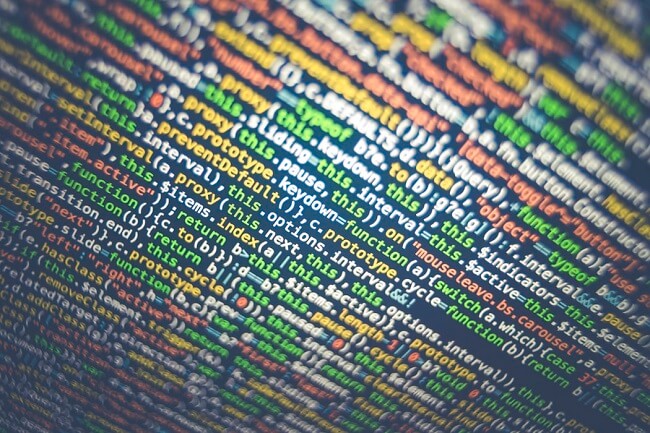
Pretty much all companies and organizations nowadays have databases. A database is a valuable and important resource that often contains sensitive or confidential information, and losing that data or having it stolen may have disastrous consequences for the company. Here are some important tips on how to protect your database from being hacked.
Control user access to the database
Limiting access to data is the first step to protecting the database. Users should only have the minimum permissions and privileges they need to do their jobs. For example, a user may be allowed to add and edit entries in one table, only view but not change another table, and have no access to remaining tables. Consider also limiting user access to office hours whenever possible.
Access management systems are a possible way to control who has access to what information. There are a lot of those on the market; you may choose the best one for your situation.
Also, strong passwords should be used, and accounts should have a limit to a number of unsuccessful login attempts, to counteract brute-force attacks.

Use encryption
It is best to use encryption on all sensitive and confidential data, so that even if hackers get access to the database they would not be able to use or sell the information.
Back up your data regularly
Always have (encrypted!) back-ups of your important data. The 3-2-1 rule says to have at least three copies of your data, on at least two different pieces of media, and at least one copy should be stored off-site (for example, in the cloud). The back-ups should be stored disconnected from the system. In that case even if the server is breached and the data destroyed or encrypted by ransomware, you will be able to restore it from back-ups. If the back-ups are not disconnected, they may end up deleted or encrypted as well as the main copy of the data.
Keep your software up to date
You should regularly update your database application, operating system, and other software. Many hackers around the world try to find vulnerabilities to exploit in all kinds of software. Those vulnerabilities then may be used by hackers themselves or sold on the dark web. Software developers, in turn, try to keep abreast of vulnerabilities in their programs and release security patches to mitigate the vulnerabilities. To protect the database from hackers, those patches should be installed as soon as they appear.

Monitor database activity
You should monitor and record who and when accesses the database, and what actions they perform. Suspicious activity should send alerts to database administrators. The logs should be reviewed regularly to detect potentially malicious activity.
Protect the Database From Code-injection Attacks (SQL-injections, XSS attacks)
Code-injection attacks are an issue if you have a website where users can enter something into textfields (login forms, comment forms, etc.). A hacker may try to inject some code into those fields to trick the server into executing the code. As a result the criminal could get access to your database or parts of it, change or delete data, and so on. There are ways to mitigate the risks by sanitizing inputs, using parameterized queries, etc.
You may also use a Web Application Firewall (WAF) to protect your database from SQL-injections, cross-site scripting (XSS) and other attacks that can come through your website.
Use database firewalls
Your database should have a firewall that denies access to all Internet traffic that does not come through specific web-applications or servers.